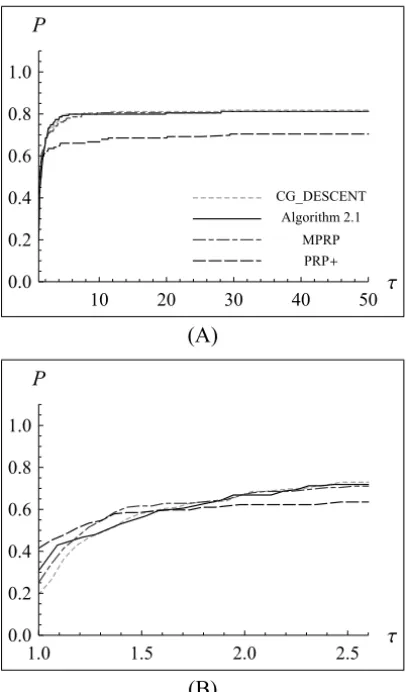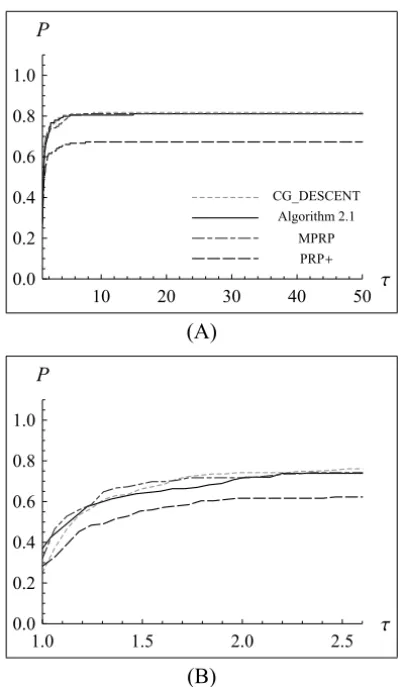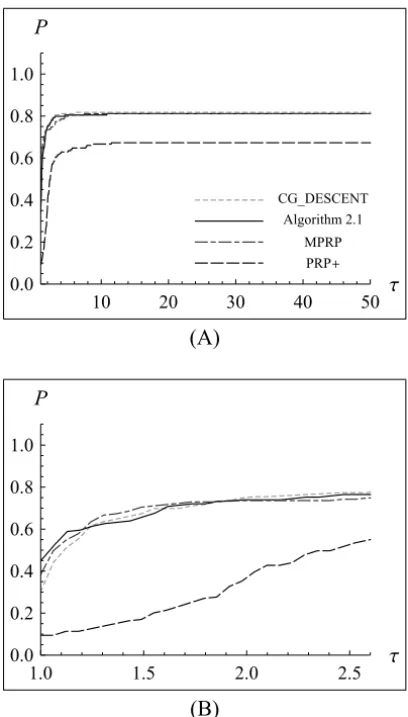Comput. Appl. Math. vol.31 número1
Texto
Imagem
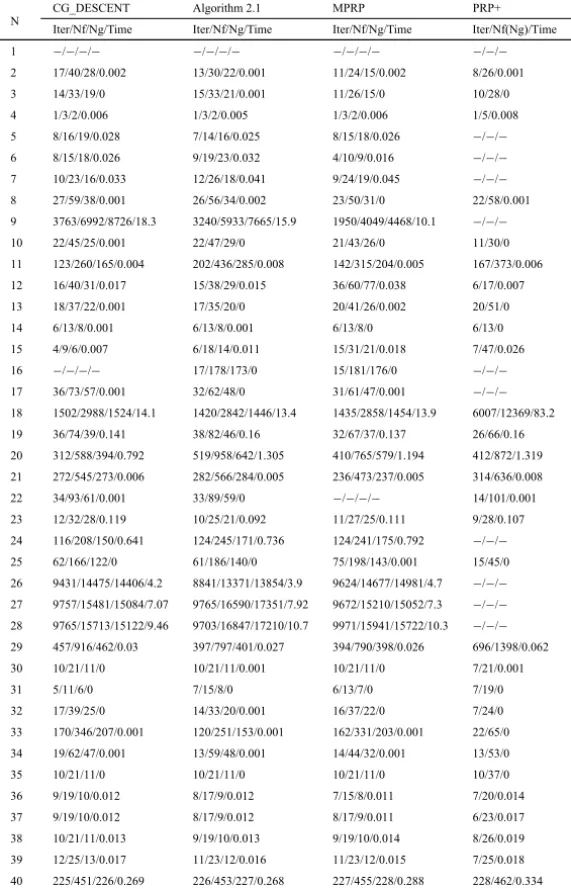


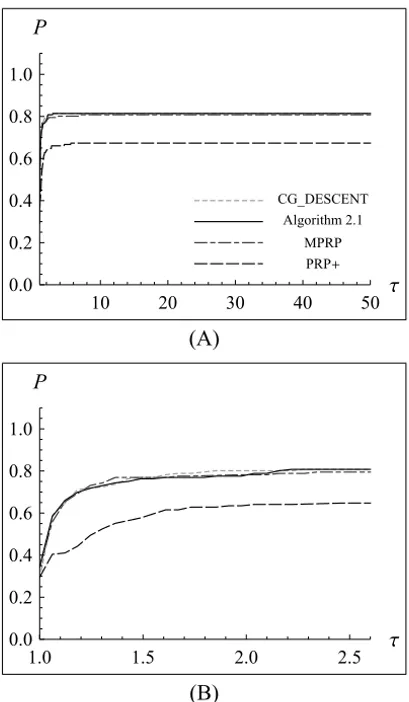
Documentos relacionados
As illustrations the iterative method is checked against: (i) the analytical so- lutions to examples in dimension one and higher, some arising from optimal control problems
1 School of Mathematics and Informatics, Henan Polytechnic University, Jiaozuo City 454003, Henan Province, People’s Republic of China.. 2 Valahia University of Târgovi¸ste,
The success of the ISHAM in solving the non-linear equations governing the von Kármán flow of an electrically conducting non-Newtonian Reiner-Rivlin fluid in the presence of
some new methods such as differential transform method are applied for solv- ing two dimensional linear and nonlinear Volterra integral equations [1, 5, 19].. In this work, we
An intrinsic algebraic structure to the manifolds (surface), the homology group will be used to compose an error corrector code, a partition on the surface extracted from the
In the present article, we construct the fundamental solution of system of differ- ential equations in the theory of micropolar thermoelastic diffusion with voids in case of
Aghazadeh, Numerical computational solution of the Volterra integral equations system of the second kind by using an expansion method. Young, The application of
Based on this result, also the local convergence of a sequential quadratic semidefinite programming algorithm extends to this weak second order sufficient condition..
